Perle Von Nurnberg Info: What Is A Perle Von Nurnberg Plant
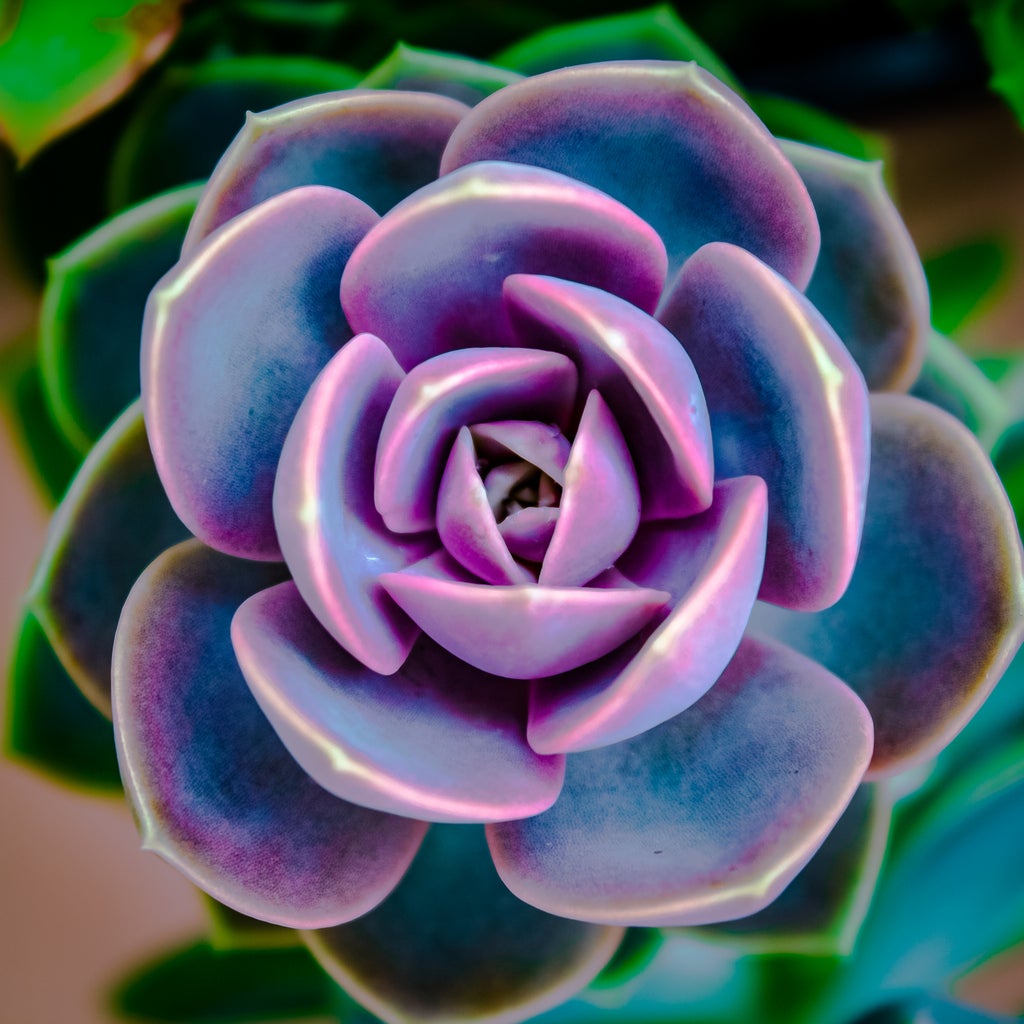

Echeveria are some of the easiest succulents to grow, and the Perle von Nurnberg plant is one of the prettiest examples of the group. You won't miss flowers when you grow Echeveria ‘Perle von Nurnberg.’ The soft, lilac and pearlescent tones of the rosettes are as sweet as roses and will beautify a rockery, container garden, or pathway. Read further for some comprehensive Perle von Nurnberg info.
Perle von Nurnberg Info
If you are searching for an uncomplaining plant with cherubic appeal and beautiful form and color, look no further than Perle von Nurnberg Echeveria. This little succulent produces pups and will eventually grow as big as a dinner plate with good light and care. Warm region gardeners can add this plant to their landscape, while the rest of us should enjoy them in the summer and bring them indoors for winter.
The Perle von Nurnberg succulent is native to Mexico. This Echeveria is said to be a cross between E. gibbiflora and E. elegans by Richard Graessner in Germany around 1930. It has dense rosettes with pointed, thickened leaves in grayish lavender tipped in blush pink. The pastel palette is one of nature's phenomenal tricks, and as appealing as any flower.
Each leaf is dusted with a fine, white powder, adding to the appeal. These little guys grow up to 10 inches (25.5 cm.) tall and 8 inches (20.5 cm.) wide. Each small plant will send up one foot (30.5 cm.) long, reddish stems with spikes of beautiful, coral, bell-like flowers. The Perle von Nurnberg plant will produce smaller rosettes, or offsets, which can be divided away from the parent plant to create new plants.
Growing Perle von Nurnberg Echeveria
Echeveria prefer full to partial sun in well-draining soil and grow well outdoors in USDA zones 9 to 11. In cooler regions, grow them in containers and set them out for summer, but bring them indoors to a bright location for winter.
They are remarkably unbothered by pests or disease, but boggy soil will sound the death knell for these xeriscape plants. Once established, the plants rarely need watering and should be kept dry in winter if grown as houseplants.
To improve appearance, remove spent flower stems and old rosettes that are past their prime.
Gardening tips, videos, info and more delivered right to your inbox!
Sign up for the Gardening Know How newsletter today and receive a free copy of our e-book "How to Grow Delicious Tomatoes".
Propagation of Perle von Nurnberg Succulent
Separate offsets in spring and every few years replant the rosettes, removing the oldest for a better appearance. Any time you are repotting or removing the plants, make sure the soil is dry before they are disturbed.
In addition to separating the offset, these plants propagate easily from seed or leaf cuttings. Seeded plants will take years to approach mature size. Take leaf cuttings in spring or early summer. Prepare a container with succulent or cacti soil that has been lightly moistened. Place the leaf on the surface of the soil and cover the entire container with a clear, plastic bag. Once a new plant sprouts from the leaf, remove the cover.

Bonnie Grant is a professional landscaper with a Certification in Urban Gardening. She has been gardening and writing for 15 years. A former professional chef, she has a passion for edible landscaping.
-
 Looking For Plants To Give You The Soft And Fuzzies? Try These 5 Fuzzy Leaf Plant Options
Looking For Plants To Give You The Soft And Fuzzies? Try These 5 Fuzzy Leaf Plant OptionsLovers of texture, drama, silver foliage and tactile plants will adore these special sensory garden additions. These fuzzy leaf plant options will leave you all aglow
By Susan Albert
-
 Get Ready For A Summer Of Hummers! Grow These Full Sun Hummingbird Plants and Flowers
Get Ready For A Summer Of Hummers! Grow These Full Sun Hummingbird Plants and FlowersIf you’re lucky enough to enjoy a sunny backyard, make sure you are maxing out on your pollinator opportunities and grow these full sun hummingbird plants and flowers
By Tonya Barnett
-
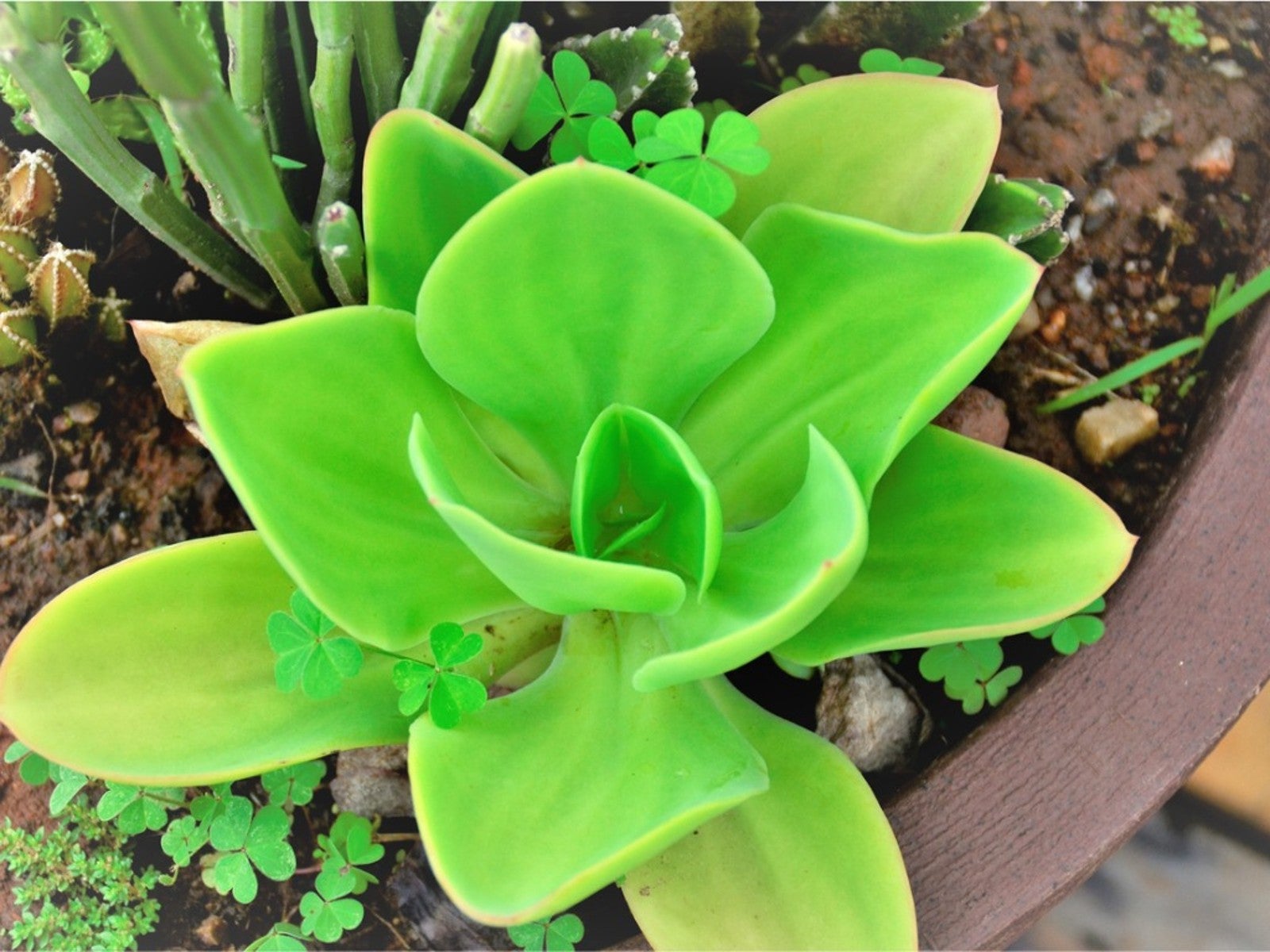 Echeveria Pallida Plant Info: Growing Argentine Echeveria Succulents
Echeveria Pallida Plant Info: Growing Argentine Echeveria SucculentsIf you enjoy growing succulents, then Echeveria pallida may be just the plant for you. Click here to learn about Argentine echeveria plants.
By Becca Badgett
-
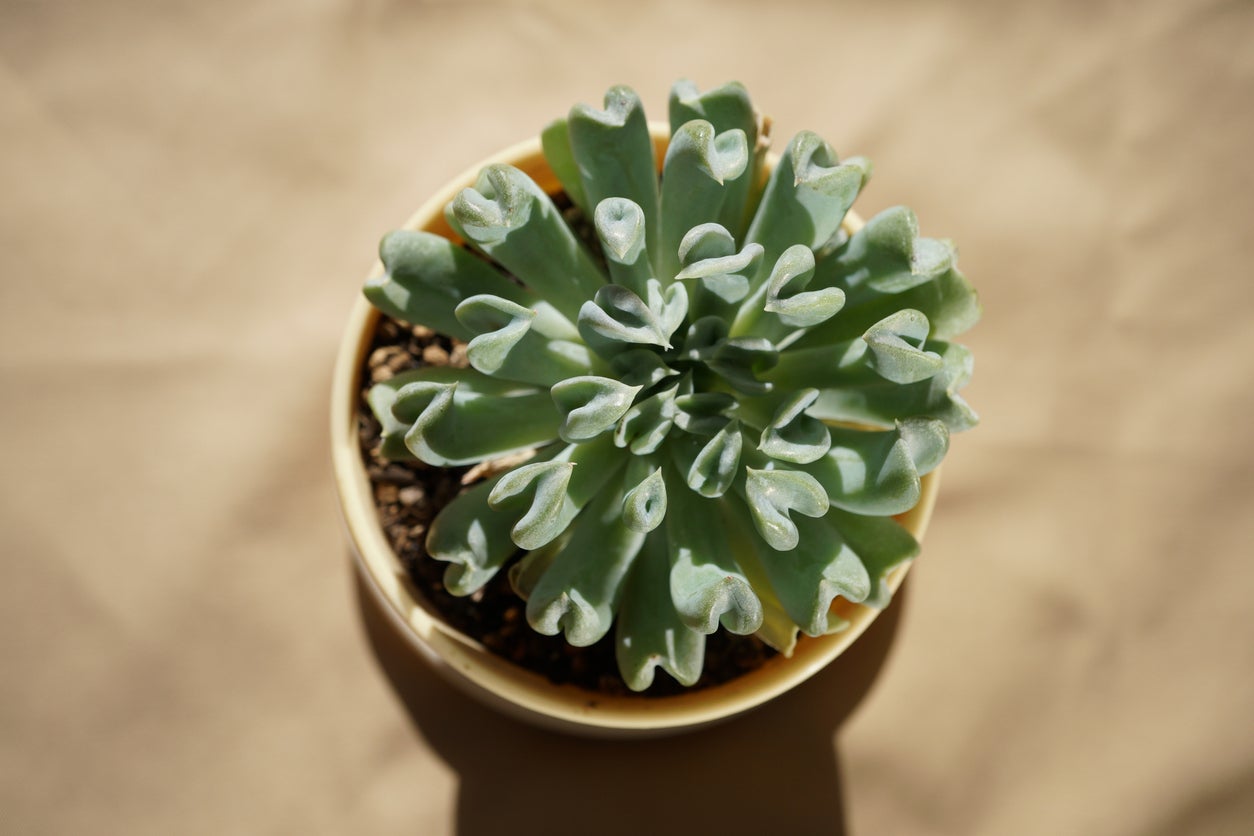 Topsy Turvy Echeveria Care: How To Grow A Topsy Turvy Plant
Topsy Turvy Echeveria Care: How To Grow A Topsy Turvy PlantSucculents are varied and come in a lot of different shapes and colors. A Topsy Turvy plant is a stunning type of echeveria, one large group of succulents, that is easy to grow and adds visual interest to desert beds and indoor containers. Learn more in this article.
By Mary Ellen Ellis
-
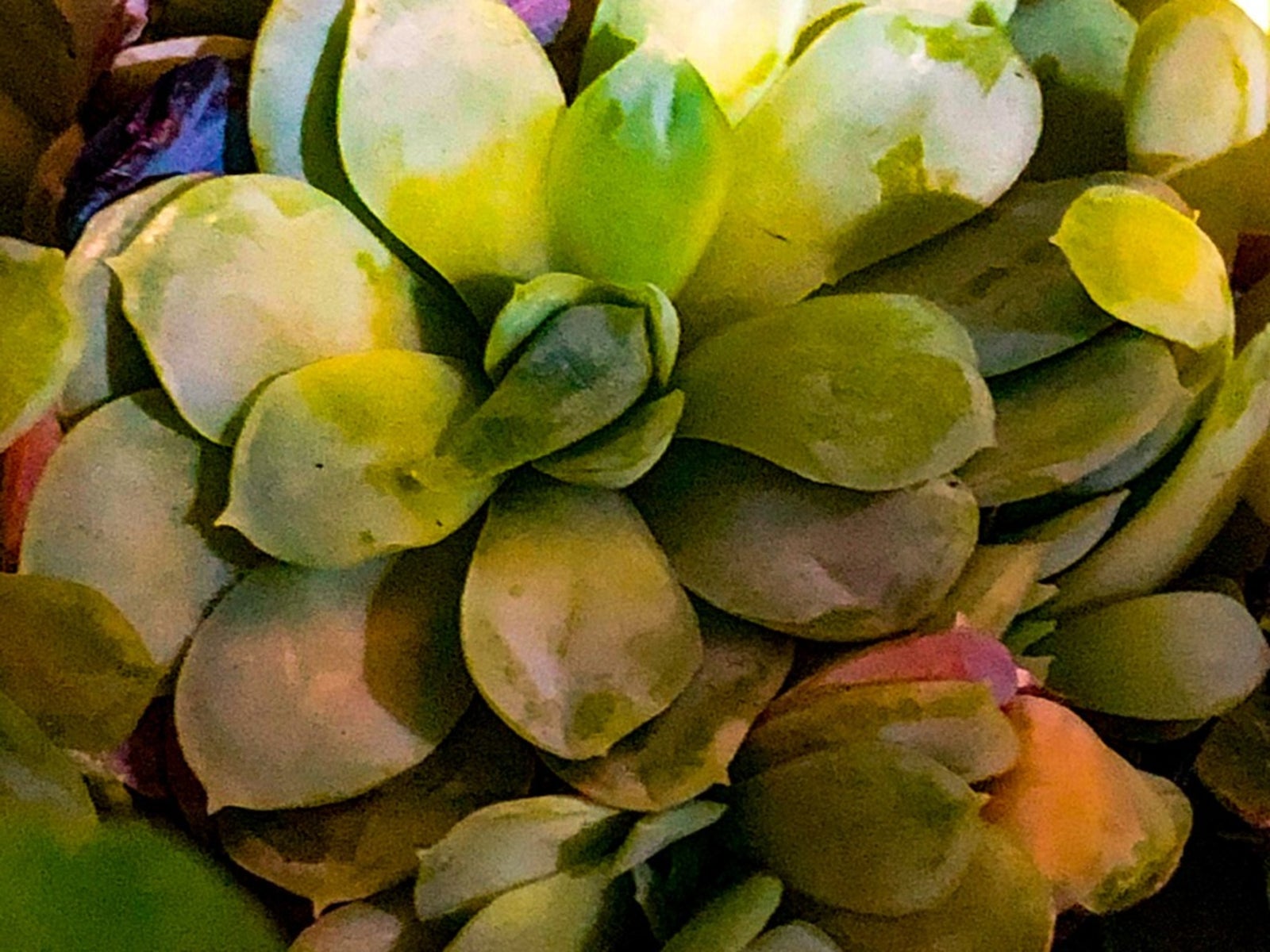 Arctic Ice Succulent: What Is An Arctic Ice Echeveria Plant
Arctic Ice Succulent: What Is An Arctic Ice Echeveria PlantSucculents are enjoying immense popularity as party favors, particularly as wedding take away gifts. If you have been to a wedding lately, you may have come away with an Echeveria ‘Arctic Ice’ succulent, but how do you care for it? This article will help.
By Amy Grant
-
 Doris Taylor Succulent Info: Tips On Growing A Woolly Rose Plant
Doris Taylor Succulent Info: Tips On Growing A Woolly Rose PlantEcheveria "Doris Taylor," also called the woolly rose plant, is a favorite of many collectors. If you’re not familiar with this plant, you may ask what is a woolly rose succulent? Click this article to learn more about this interesting succulent plant.
By Becca Badgett
-
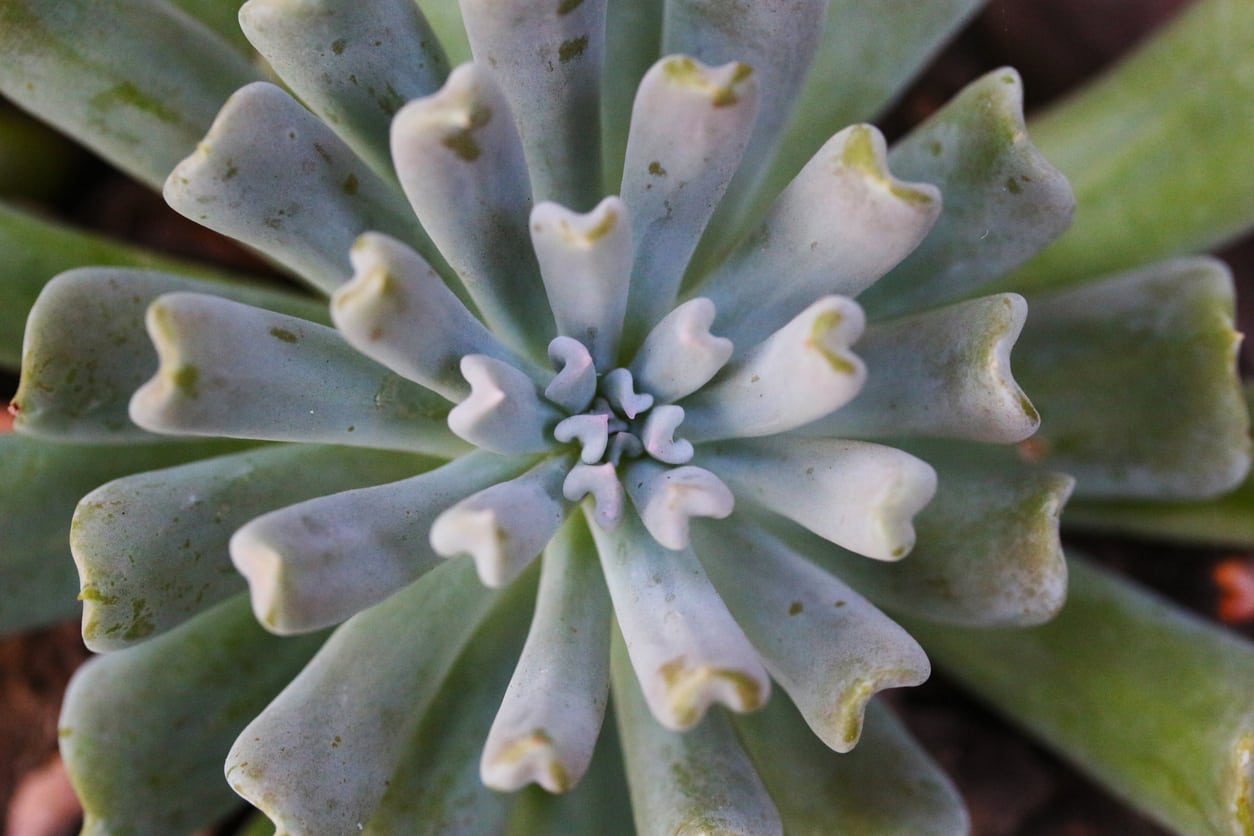 Irish Mint Echeveria Info: How To Grow An Irish Mint Succulent
Irish Mint Echeveria Info: How To Grow An Irish Mint SucculentEcheveria is a genus of stonecrop plants with a huge variety of species and cultivars, many of which are very popular in succulent gardens and collections. One beautiful and easy-care variety is Echeveria ‘Irish Mint.’ Click here for more info on this echeveria plant.
By Liz Baessler
-
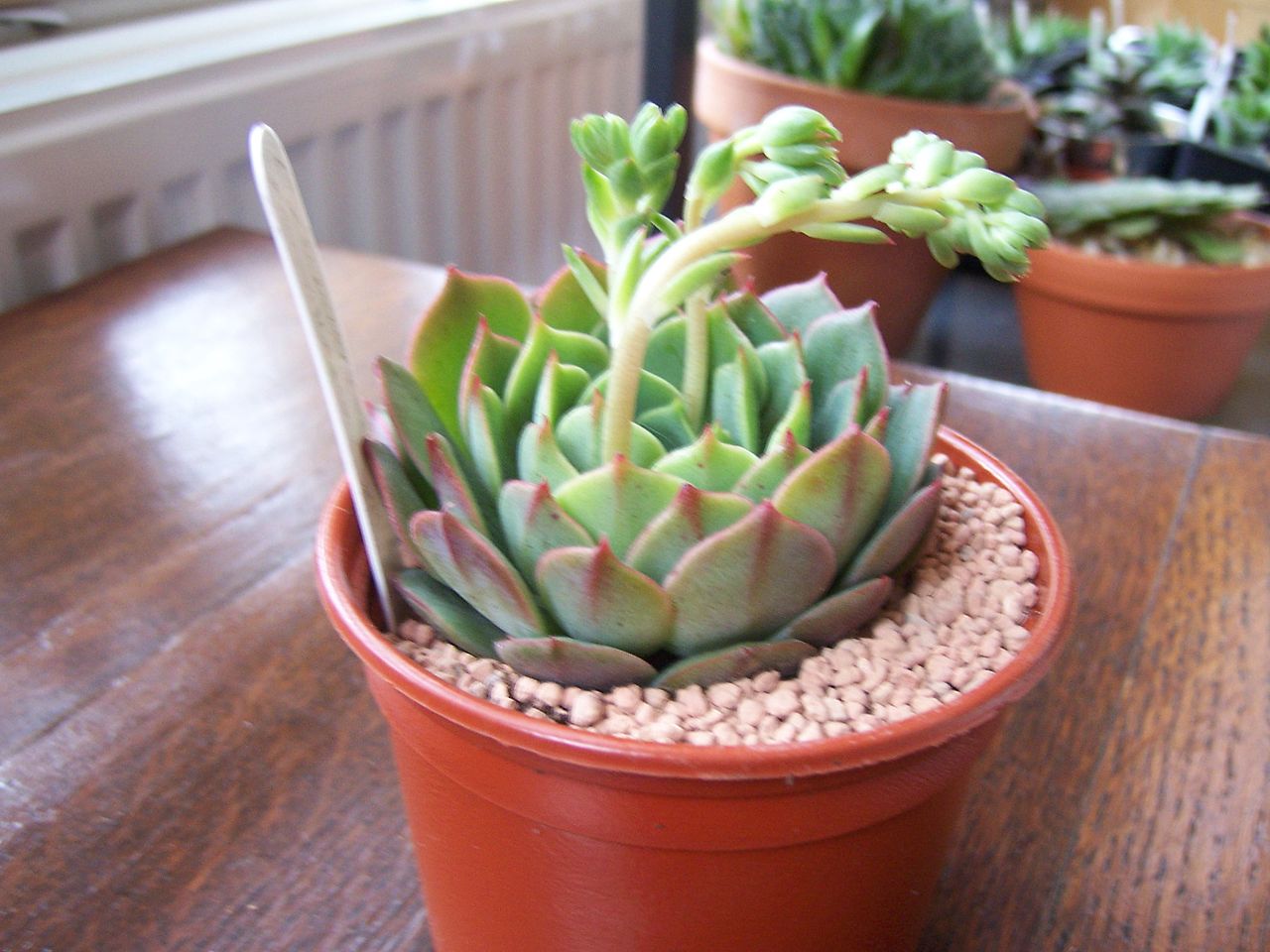 Caring For Ramillette Echeverias – Information About Ramillette Succulents
Caring For Ramillette Echeverias – Information About Ramillette SucculentsThe Ramillette echeveria plant is also called Mexican hens and chicks, but don’t be misled. These plants are only hardy in USDA zones 9-11 for year-round outdoor planting and growing. Click here to learn more about caring for a Ramillette echeveria plant.
By Becca Badgett
-
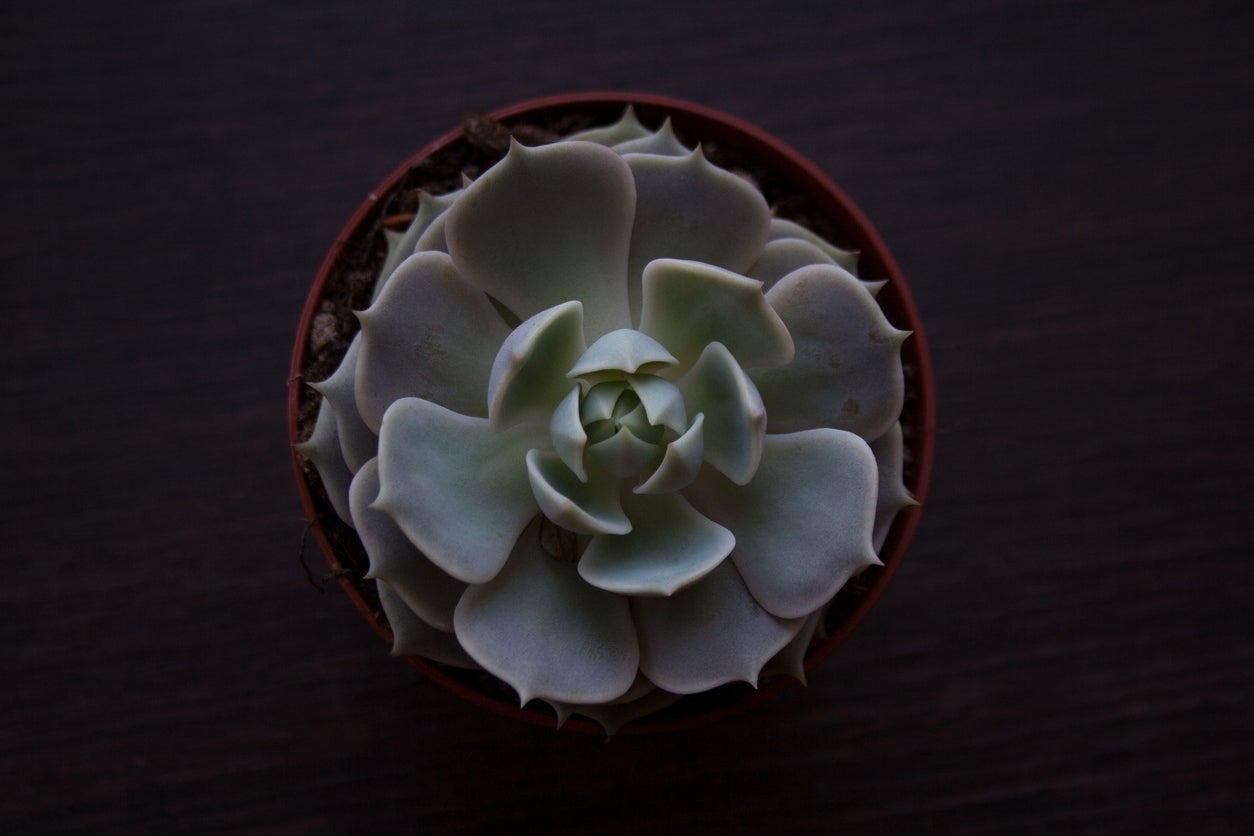 Echeveria ‘Lola’ Info: Learn How To Care For A Lola Echeveria
Echeveria ‘Lola’ Info: Learn How To Care For A Lola EcheveriaAnother of the most commonly owned succulents, the popular Echeveria ‘Lola’ plant is a beautiful, rosette that may be surrounded by pups. Offsets produce readily on this grayish-blue leafed favorite. Growing Lola echeveria is simple too, and this article will help.
By Becca Badgett
-
 Care Of Peacock Echeveria – Tips For Growing Peacock Echeveria Plants
Care Of Peacock Echeveria – Tips For Growing Peacock Echeveria PlantsSomewhat unusual and possibly hard to find, the Peacock echeveria is a fast-growing succulent plant with rosettes up to six inches (15 cm.) across. It is unusual for a succulent to report fast growth. Learn more about growing a Peacock echeveria succulent here.
By Becca Badgett